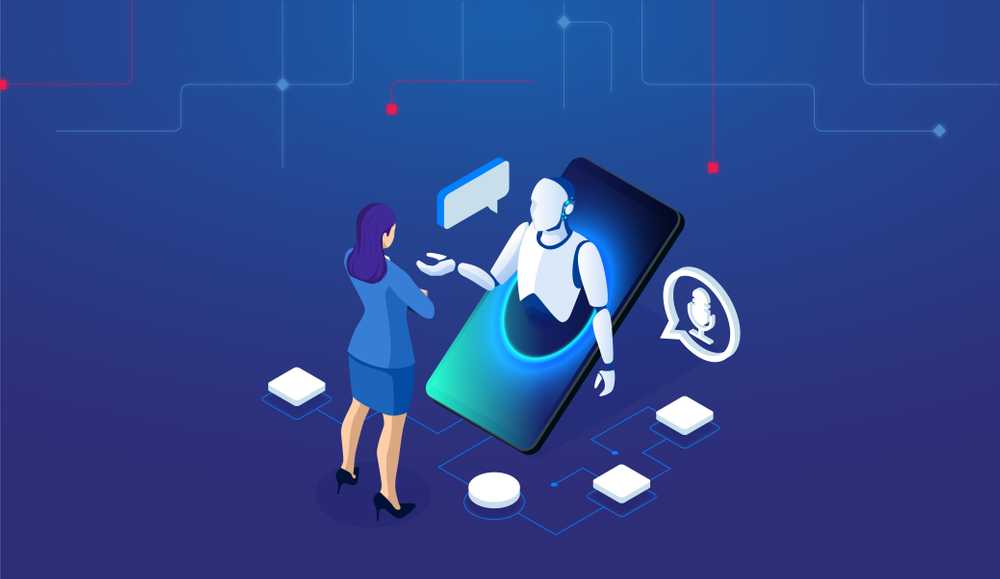Virtual assistants have become an integral part of our daily lives, helping us with tasks, answering our queries, and providing a seamless experience. These intelligent digital companions have evolved significantly over the years, utilizing artificial intelligence and machine learning algorithms to understand and respond to human commands. In this article, we will delve into the capabilities and limitations of virtual assistants, exploring how they work, their types, and their impact on our everyday lives.
What are Virtual Assistants?
Virtual assistant, also known as smart assistants or intelligent personal assistants, are software applications designed to perform various tasks by understanding and executing voice commands or text inputs. They leverage natural language processing and machine learning algorithms to interpret user queries and provide appropriate responses. Virtual assistants aim to mimic human-like interactions, making it easier for users to interact with technology effortlessly.
How Do Virtual Assistants Work?
Virtual assistants employ sophisticated algorithms to process user queries. When a user interacts with a virtual assistant by speaking or typing, the assistant converts the input into text form. The text is then analyzed, and the virtual assistant searches for relevant information or performs the requested action based on pre-programmed instructions. This process involves the use of advanced natural language processing (NLP) and machine learning techniques to understand and respond appropriately to user commands.
Types of Virtual Assistants
There are different types of virtual assistants available in the market, each with its unique features and functionalities. Let’s explore two common types:
Chatbot Virtual Assistants: Chatbot virtual assistants primarily operate through text-based conversations. They can be found on websites, messaging platforms, and mobile apps, assisting users by answering queries and providing information.
Voice-Activated Virtual Assistants: Voice-activated virtual assistants are designed to respond to voice commands. Users can interact with them using voice input, and these assistants can perform tasks such as setting reminders, making phone calls, or playing music.
Popular Virtual Assistants in the Market
Several virtual assistants have gained popularity due to their advanced capabilities and seamless integration with various devices. Let’s look at three widely used virtual assistants:
Siri: Siri, developed by Apple, is an intelligent virtual assistant exclusively available on Apple devices. It offers voice recognition, natural language processing, and a wide range of features, including sending messages, making calls, and providing recommendations.
Google Assistant: Google Assistant is Google’s virtual assistant available on Android devices and smart home devices. It can perform tasks like setting reminders, controlling smart devices, answering questions, and even engaging in conversations.
Alexa: Alexa, developed by Amazon, is known for its presence in Amazon Echo devices. It provides hands-free voice control for various smart home devices, offers information, plays music, and even allows users to shop online using voice commands.
Capabilities of Virtual Assistants
Virtual assistants possess a range of capabilities that make them valuable assets in our everyday lives. Here are some key capabilities of virtual assistants:
Voice Commands and Interaction: Virtual assistants can understand and respond to voice commands, enabling users to perform tasks without the need for physical interaction with devices.
Answering Questions and Providing Information: Virtual assistants can provide instant answers to a wide range of questions, including general knowledge queries, weather updates, and factual information.
Managing Schedules and Reminders: Virtual assistants can schedule appointments, set reminders, and send notifications to help users stay organized and manage their time effectively.
Controlling Smart Devices: Virtual assistants can connect and control various smart home devices, allowing users to control lights, thermostats, security systems, and more using voice commands.
Playing Music and Entertainment: Virtual assistants can play music, podcasts, and audiobooks, offering a personalized entertainment experience based on user preferences.
Limitations of Virtual Assistants
While virtual assistants are continuously improving, there are some limitations to be aware of:
Language and Accent Limitations: Virtual assistants may struggle with understanding certain accents or languages, leading to misinterpretation of commands, or providing inaccurate responses.
Privacy and Security Concerns: Virtual assistants require access to personal data to function effectively, raising concerns about privacy and data security. Users should be cautious about sharing sensitive information.
Contextual Understanding Challenges: Virtual assistants may face difficulties in understanding complex or context-dependent queries, resulting in inaccurate or incomplete responses.
Limitations in Complex Tasks: While virtual assistants excel in performing simple tasks, they may struggle with more complex tasks that require nuanced decision-making or physical interaction.
Advancements and Future of Virtual Assistants
Virtual assistants are continuously evolving to enhance their capabilities and overcome limitations. Advancements in artificial intelligence and machine learning algorithms enable virtual assistants to better understand user commands, improve contextual understanding, and perform more complex tasks. The future holds promising possibilities for virtual assistants, such as increased personalization, improved language understanding, and better integration with various devices and services.
Virtual Assistants in Everyday Life
Virtual assistants have seamlessly integrated into various aspects of our daily lives. Let’s explore some common scenarios where virtual assistants play a significant role:
Virtual Assistants in Smart Homes: Virtual assistants can control smart devices, adjust thermostats, play music, provide weather updates, and even order groceries, making our homes more convenient and efficient.
Virtual Assistants in Cars: Virtual assistants integrated into cars allow drivers to make hands-free calls, navigate routes, play music, and perform other tasks without taking their hands off the steering wheel.
Virtual Assistants in Mobile Devices: Virtual assistants on mobile devices offer quick access to information, perform tasks like sending messages, making calls, and provide voice-activated commands, enhancing the overall user experience.
Conclusion
Virtual assistants have revolutionized the way we interact with technology and perform daily tasks. With their advanced capabilities and continuous advancements, virtual assistants have become indispensable in our lives. Although they have certain limitations, their potential for improving everyday efficiency and convenience is undeniable. As technology continues to progress, virtual assistants will likely play an even more significant role in shaping our future.
